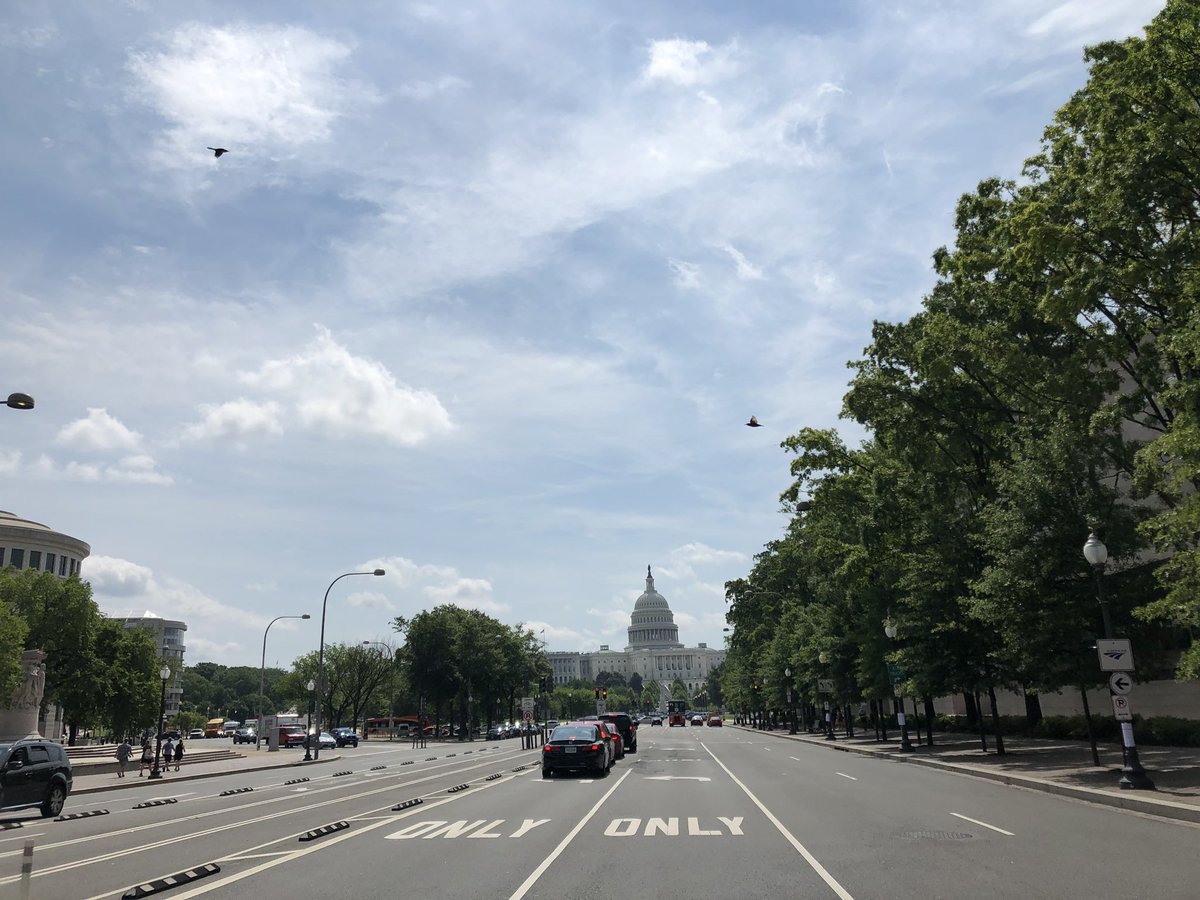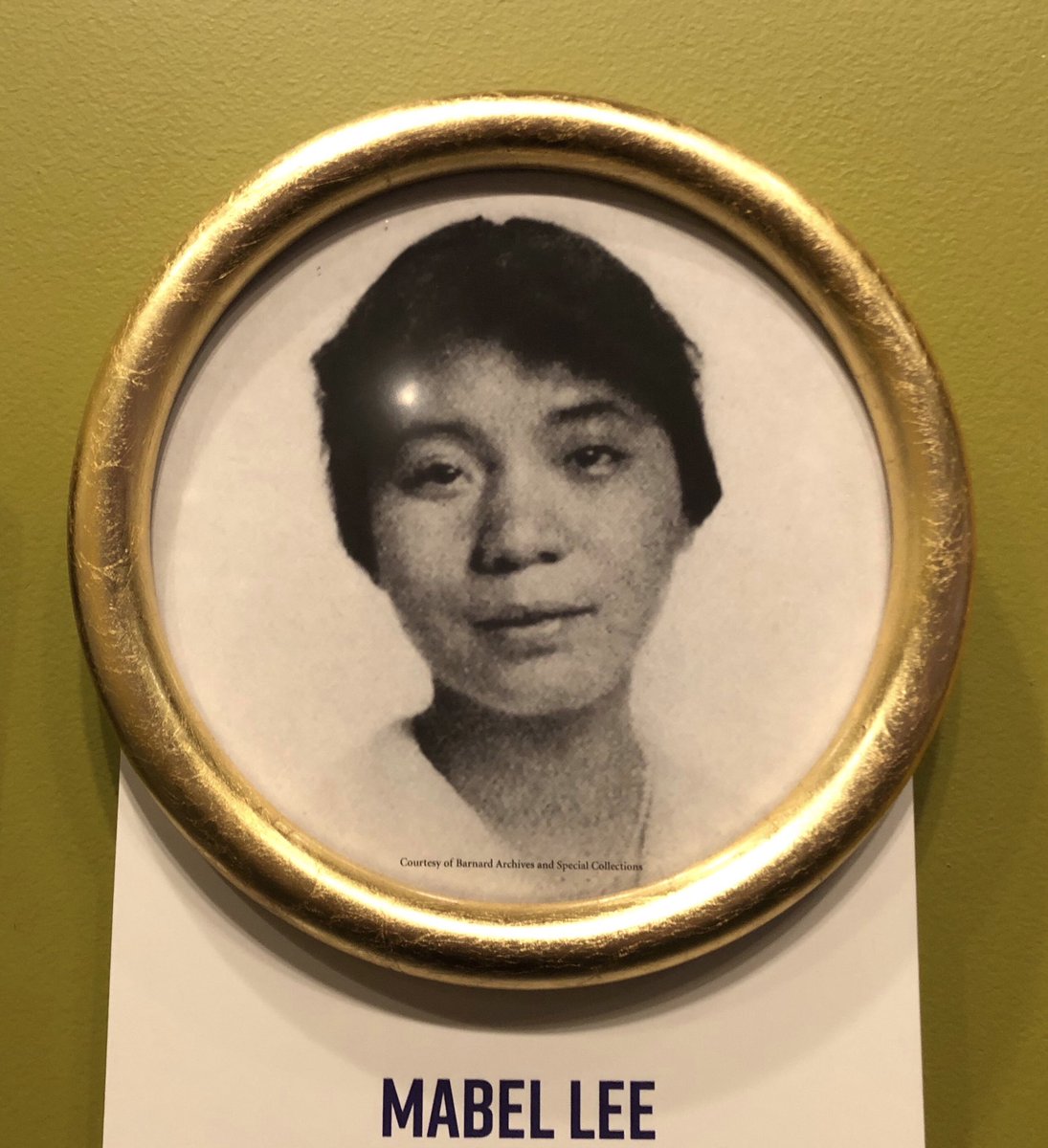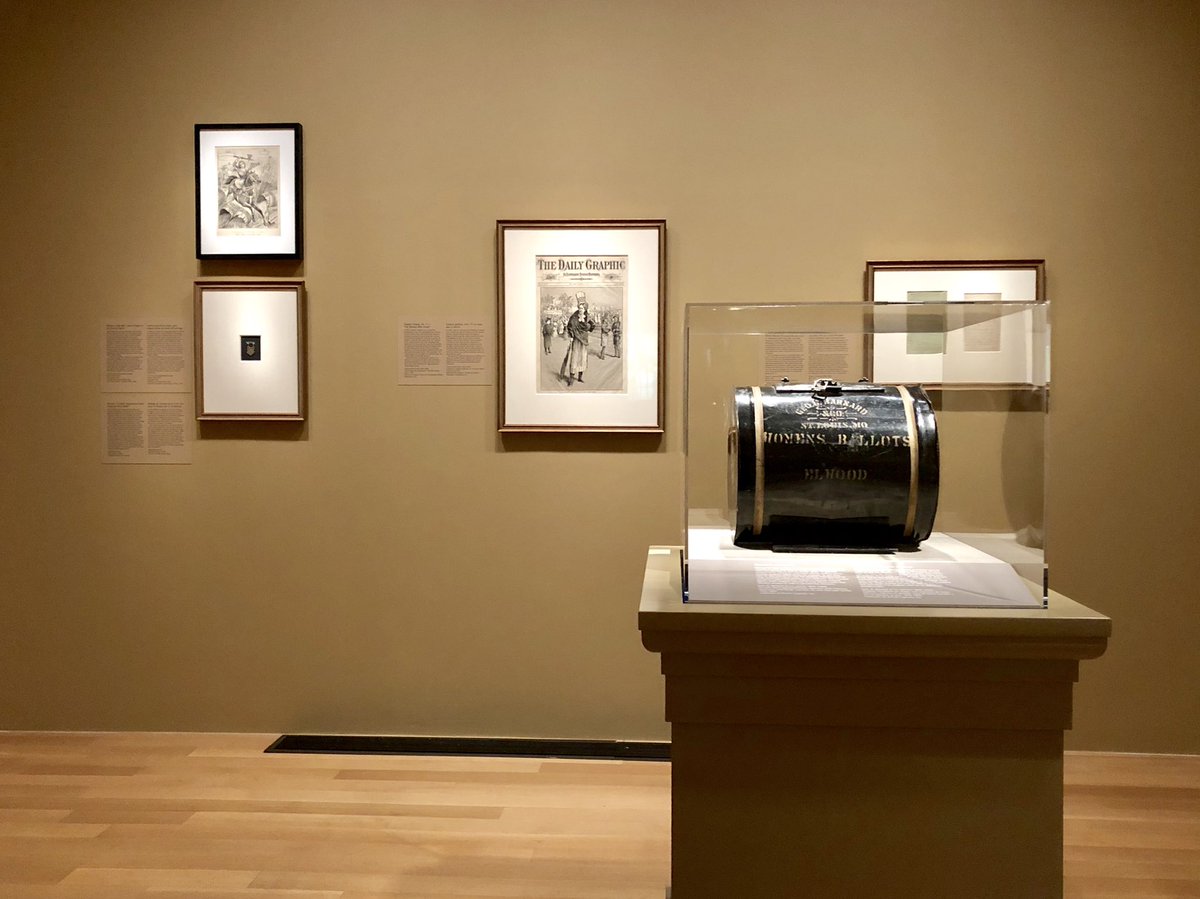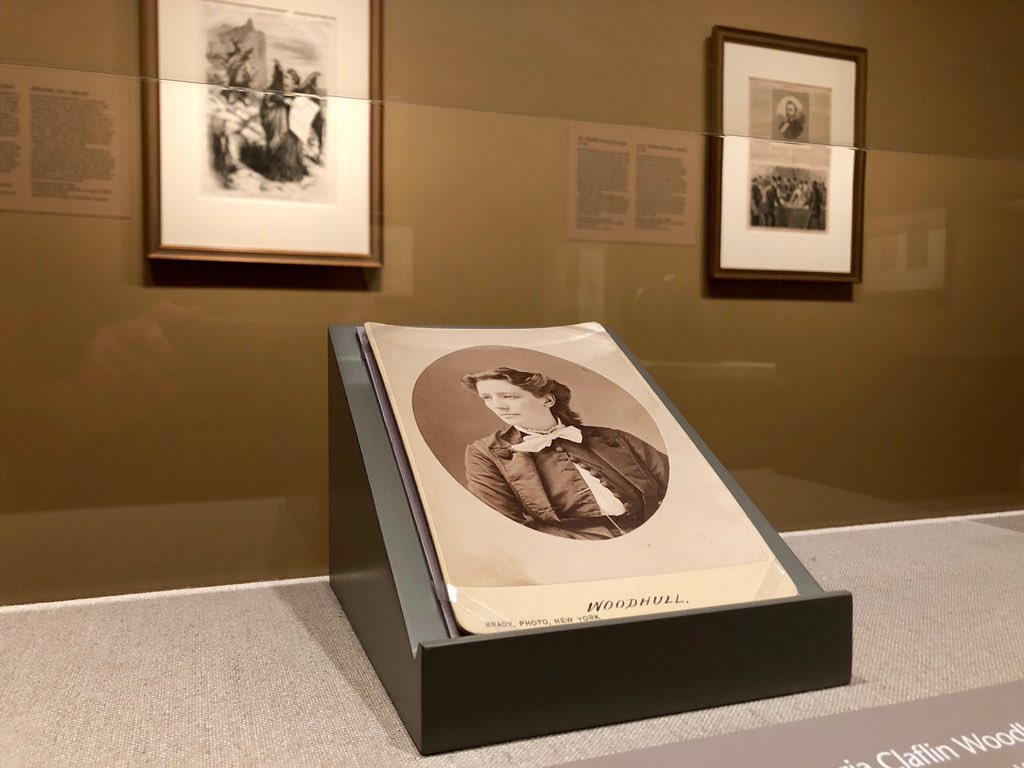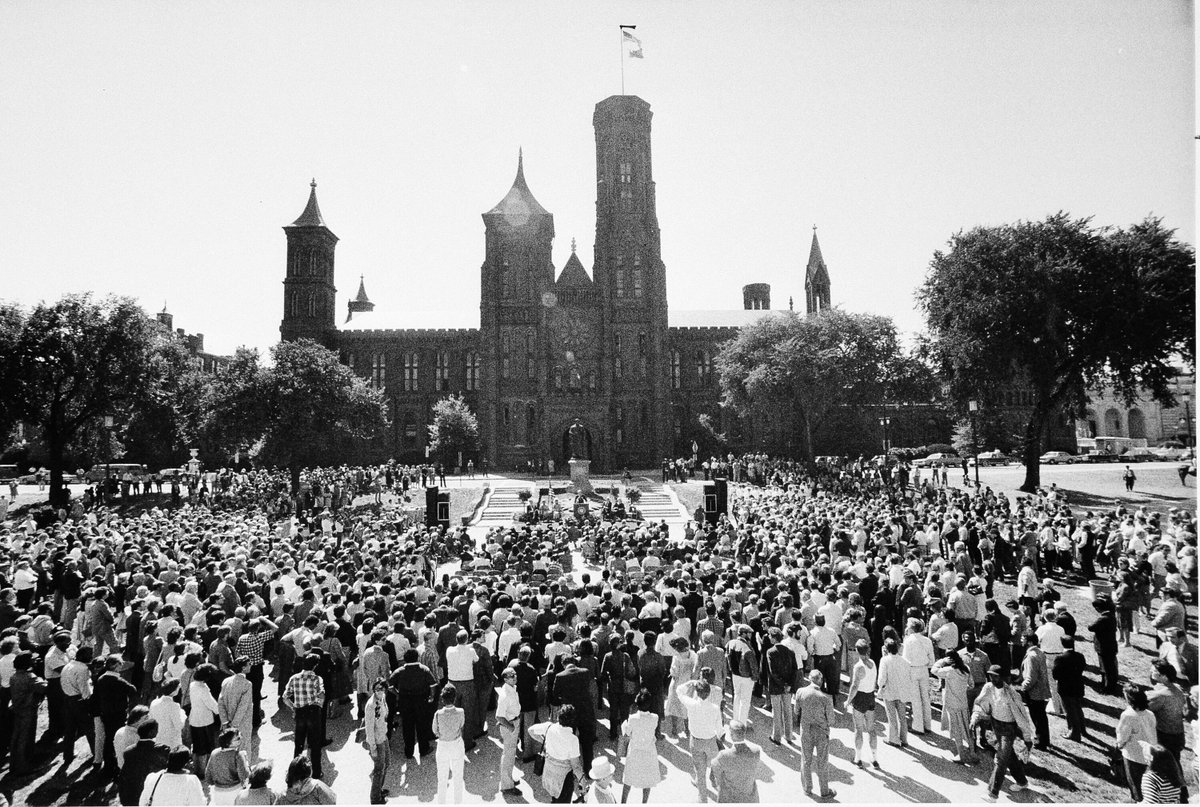
We're marking anniversaries related to the 19th Amendment and the path to women's suffrage (the right to vote). #Suffrage100 s.si.edu/2QNAyOf
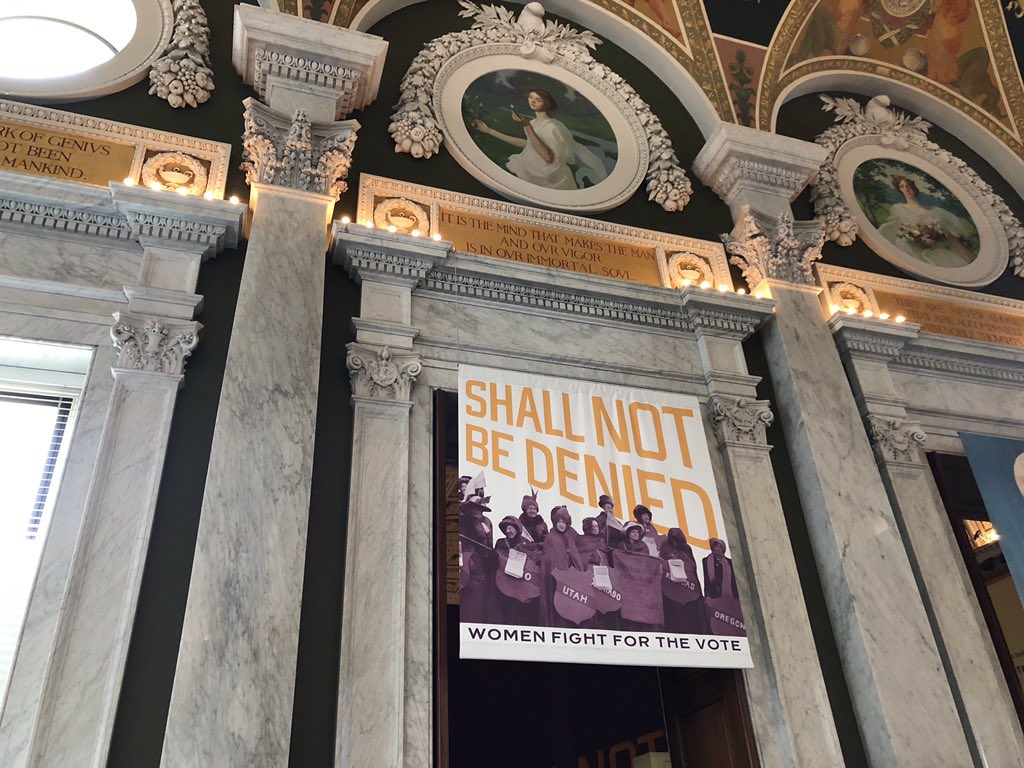











Suffragists had debated whether African American participants should walk in a segregated section. Some white suffragists called for a segregated parade. #HerVote100

